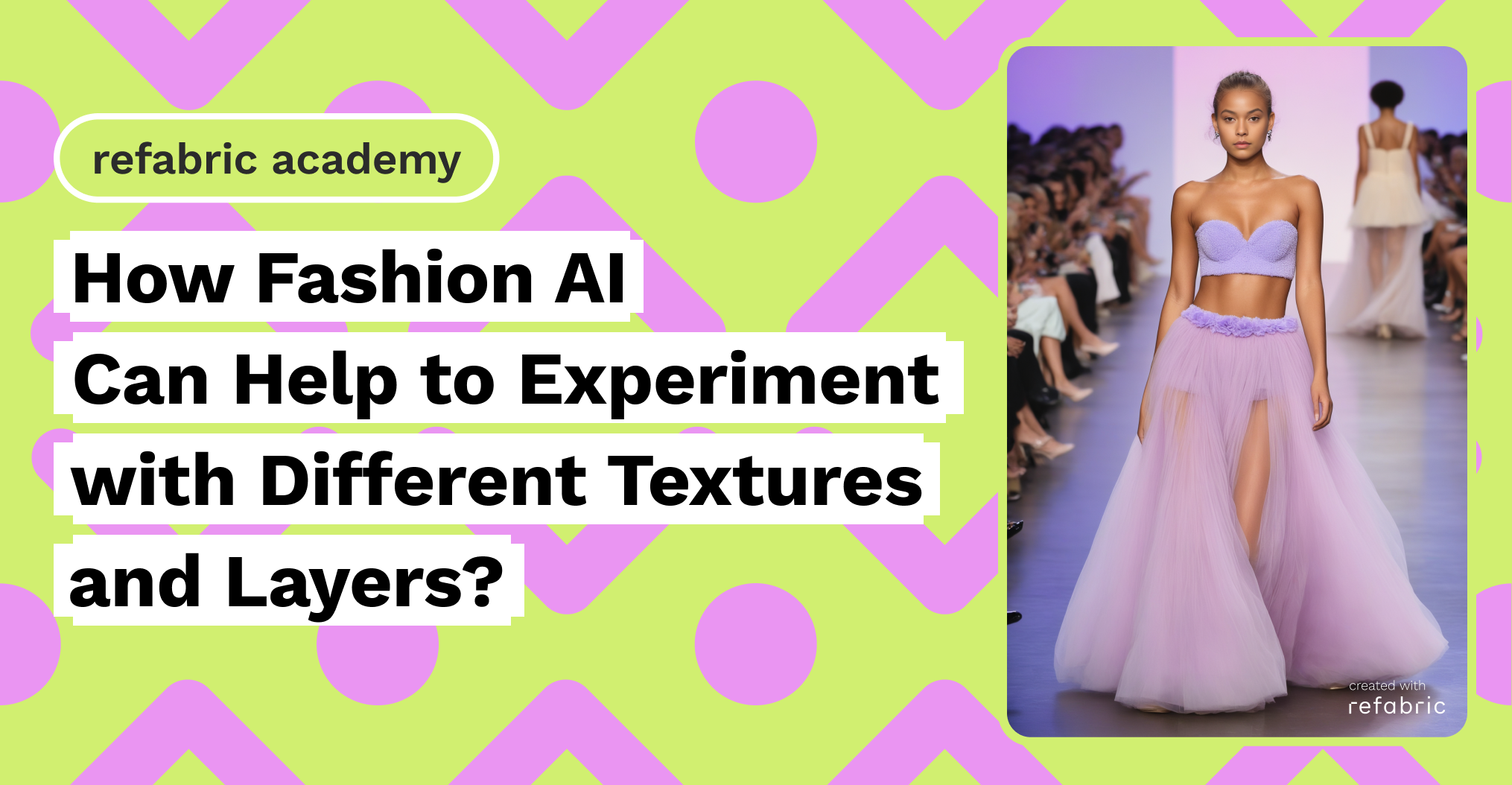The world is changing fast, but on the other hand, humans inspire humans. When it feels like there is nothing creative left in a field, look more. There is always a place to experience the new shifts that influence creative expression. Fashion AI design is one of them. It helps designers to make bold choices, without sacrificing the budget to make bigger collections.
Advanced algorithms that layer textures can help enhance your design look
Fashion AI design leverages advanced algorithms to simulate a wide range of textures and layers. Designers can visualize how different fabrics interact and how layers drape and move, all within a digital environment. This capability is invaluable for testing combinations that might be too risky or costly to explore in the real world. For instance, AI can simulate the tactile qualities of silk, wool, or leather, providing a realistic sense of how these materials would feel and behave in a garment. This digital experimentation reduces the need for physical prototypes, saving time and resources.
Moreover, AI can generate unique patterns and textures that might not be conceivable through traditional methods. By analysing vast datasets of existing designs and materials, AI can propose novel combinations that push the boundaries of conventional fashion. This can lead to the creation of entirely new aesthetic experiences, blending unexpected textures and layers in ways that captivate and inspire. The AI-made texture maps are revolutionary for 3D design, which is one of the fields that fashion design has been relying on for many years, with new software supporting designers. The digitalized fabric helps to make realistic choices on to decide from various fabric elements and textures and helps designers to sustainably experiment with their creative outlooks.
The collaborative nature of fashion AI facilitates greater creativity
Designers can input their ideas and receive suggestions from AI, sparking new directions and innovations. This symbiotic relationship enhances the creative process, allowing designers to refine their visions with the aid of sophisticated computational tools. As a result, they can produce more diverse and expansive collections, all while staying within budget. With big datasets that are enhanced by a wide range of innovative fashionable looks, fashion AI design seeks to make realistic decisions on different designs.
Fashion AI can predict how different textures will behave in combination
Realistic decisions on various designs are made possible by fashion AI, which is supported by large datasets and a diverse selection of creative stylish styles. It provides comprehensive information about the physical positioning of various textures on styles. This capability ensures that every element is thoughtfully integrated, enhancing the overall aesthetic. Additionally, AI can predict how different textures will behave in combination, allowing designers to foresee potential issues and make adjustments before any fabric is cut. This not only optimizes the design process but also minimizes waste, contributing to more sustainable fashion practices. Through AI, designers can explore a vast array of creative possibilities, ultimately leading to more innovative and captivating fashion collections.
In conclusion, AI fashion design empowers designers to experiment boldly with textures and layers, breaking free from financial constraints. By providing a digital playground for creativity, AI enables the exploration of new aesthetic territories, ultimately enriching the fashion industry. As technology continues to evolve, the integration of AI in fashion design promises to unlock even more possibilities, ensuring that creativity and innovation remain at the heart of the fashion world.
